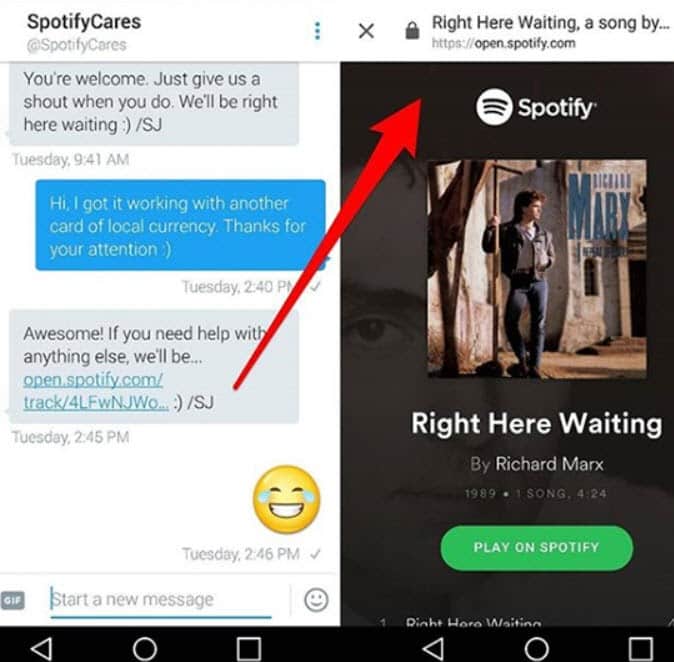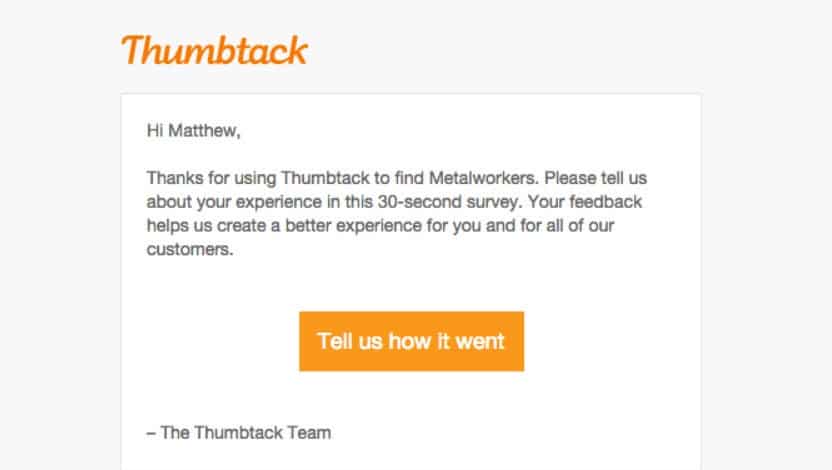It’s great to have lots of new customers purchasing products and services from your business, but what happens after this? Will these people make one purchase from your business and never return, or can you turn them into lifelong customers? If you want to keep customers coming back to you instead of the competition, you’ll want to learn about retention marketing.
What is retention marketing?
Retention marketing is a concept that focuses on ensuring customers continue making purchases from your business. Instead of acquiring new customers, retention marketing is about building long-term relationships with existing customers.
3 incredible benefits of customer retention marketing
It’s understandable if the concept of retention marketing initially sounds strange. After all, what’s the point of placing so much focus on marketing to people you’ve already won over? As you’re about to learn, there are many reasons to focus on customer retention.
1. Increases company profits
Take a moment to think about the company you work for. Chances are, your business has several high-value customers that spend more money more often than others. If your company is working to keep these customers happy, it can bring in a lot of additional profit.
Long-term customers are far more valuable than you might think. A recent study from Harvard Business School found that increasing retention rates by even 5% can boost your company’s profits by 25-95%.
2. More cost-effective than acquiring new customers
Focusing on customer retention also saves your company money, especially compared to acquiring new customers. For instance, you’ll have a 5-20% chance of converting a brand new customer to your business. There’s a 60-70% likelihood of making this same conversion from an existing customer.
While winning over new customers is great, it can take lots of time and money. But, most established customers are already familiar with your company’s products and services. So, these people don’t often need lots of onboarding and sales pitches to remain loyal customers.
3. Lots of free word-of-mouth advertising
What’s better than having an inexpensive way to market your business? Having an advertising source that’s free. If your business focuses on retaining customers, you’ll have a network of people declaring their love for your brand.
What’s the connection between retention strategies and an increase in word-of-mouth advertising? This has to do with how our brains work. It’s not a stretch to assume that companies focusing on retention marketing have lots of happy customers. These customers will likely tell others about your company, wanting them to receive the same type of treatment.
Examples of how established brands keep customers
It’s also helpful to see how some of the most well-known brands retain customers. Here are three great examples of retention marketing strategies.
Etsy’s effective customer onboarding strategy
If you’re like most people, you associate onboarding with something that new employees do. However, this isn’t always the case. Many of the most-loved brands have effective ways to onboard new customers.
What makes thorough onboarding so important? To answer this question, let’s take a look at ProfitWell’s study involving about 500 software companies and their network of almost 25,000 customers. One of the key takeaways from this massive study found that customers with positive impressions of their onboarding experiences were far less likely to switch to a competitor.
For an example of how to onboard new customers, let’s take a closer look at Etsy. This company sells a wide range of handmade goods. To do this, Etsy depends on a network of sellers to provide these goods to the public.
To onboard new sellers, Etsy breaks things down into simple steps that are easy to understand. There’s a clear objective to each one of Etsy’s steps for new sellers. If your company’s onboarding programs aren’t easy to understand, confused customers might get fed up and leave your business for a competitor.
How Spotify provides world-class customer service
A recent survey set out to find why consumers stop doing business with a company. An overwhelming 68% of respondents cited a lack of customer service as their number one reason for why they left. The results of this survey found that poor customer service was the leading source of customer churn. Customer churn is the percentage of customers that stop doing business with your company.
Spotify takes a playful and helpful approach to how it handles customer interactions on social media. This approach even led to Spotify winning a Webby award for General Excellence in Customer Service. Spotify takes an interactive (and quite hilarious) approach to interacting with customers.
Recently, a customer sent Spotify’s social media team a question about getting a Spotify card activated. Most companies would have sent a generic response to begin solving this problem. Instead, after the problem was taken care of, the employee in this example sent the customer a link to Richard Marx’s (hilariously appropriate) 1989 ballad, “Right Here Waiting” on Spotify.
Thumbtack makes asking for feedback quick and easy
To start focusing on retaining customers, it’s helpful to learn what’s causing them to stay or leave. You can start getting customer feedback by creating and sending out customer surveys. SurveyMonkey recommends avoiding yes or no questions, lengthy surveys, and complicated surveys.
Let’s take a look at how Thumbtack, a website that matches consumers with skilled professionals, does a great job of asking for feedback. As you can see, it only asks for 30 seconds of the customer’s time. It also clearly states why it wants feedback, which is to create a better experience for its customers.
Here is a helpful list of questions you can use to gain valuable customer insights:
- How likely are you to recommend our (company/product/service) to others?
- What would you rate our (company/product/service) on a scale from 1-10?
- How satisfied/dissatisfied are you with your recent shopping experience? Why?
- If you could change one thing about our (company/product/service), what would it be?
One prominent type of customer survey is the NPS (Net Promoter Score) survey. Many companies utilize NPS surveys to learn more about how customers feel about a business and its products or services.
Conclusion
Instead of focusing all of your efforts on marketing to new customers, it’s important to not forget how valuable your existing customers are. Fortunately, there are many ways to reach this sometimes undervalued portion of your company’s target audience. Retention marketing is a powerful way to create loyal customers and boost the power of your brand.







